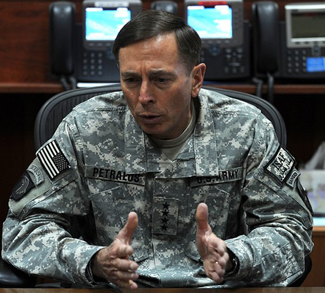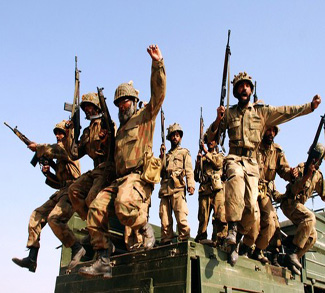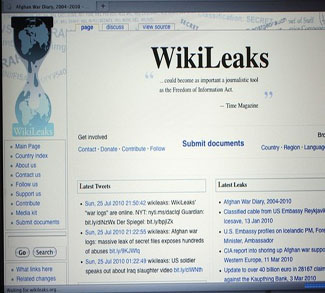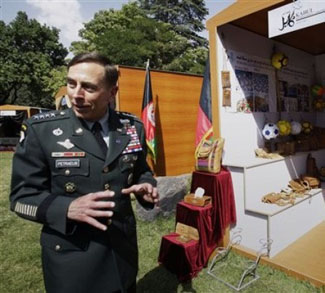Ten election workers have been killed by a NATO airstrike in Afghanistan on the eve of a visit by Secretary of Defense Robert Gates.
The botched airstrikes comes at a particularly sensitive time and not just because of Robert Gates’ impending visit. Recall that General David Petraeus has just recently taken over the reins of NATO operations in Afghanistan. The strikes will undermine popular trust of NATO forces at a time when trust is of paramount importance to General Petraeus’ counter-insurgency strategy. In reality, General Petraeus’ window of opportunity for the surge is incredibly slim due to wavering political commitment in the United States and other NATO countries. He needs to prove that more troops and a change in strategy can work; something that is exceedingly hard to do when NATO forces are bombing election workers in one of the more peaceful areas of Afghanistan.
The New York Times has posted an article highlighting the differences between NATO’s version of the precision bombings and that of the Afghan government:
“Officials in Kabul and in Takhar Province, where the deaths occurred, said two NATO jets fired twice on a convoy of campaign workers. The candidate, Abdul Wahid Khurasani, was among three wounded.”
“But in a contrasting assessment of the dead, international forces said the airstrike singled out a group connected to the Islamic Movement of Uzbekistan, including a senior leader who is believed to be the deputy shadow government in Takhar. A spokesman for NATO also said “a great deal of time and patience” was used to ensure the strike occurred in a remote area void of civilians. The occupants’ activity was tracked for days prior to the attack.”
The district governor of Rostaq disputed the NATO rationale, stating:
“I want the international forces to use proper channels for intelligence. A Taliban commander or a member of the Islamic Movement of Uzbekistan does not travel in a 100-vehicle convoy.”




